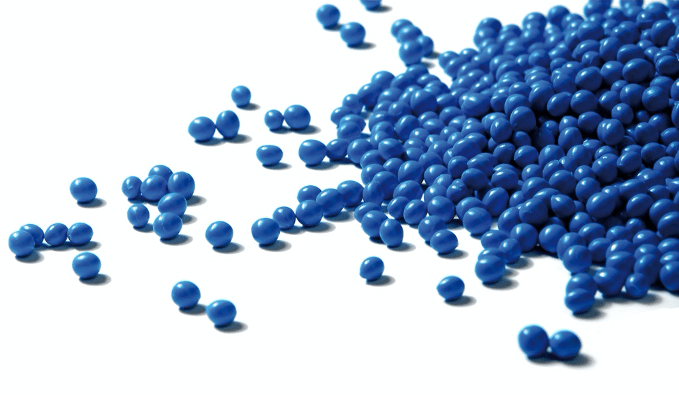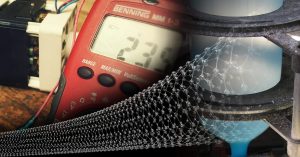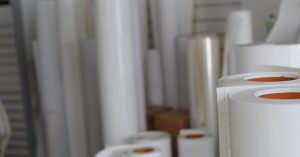
OCSiAl: World’s Largest Graphene Nanotube Manufacturer
OCSiAl has announced the launch of its second synthesis facility for graphene nanotubes with a production capacity of 50 tonnes per year. The Graphetron 50 facility is currently the world’s largest plant for graphene nanotube production.



